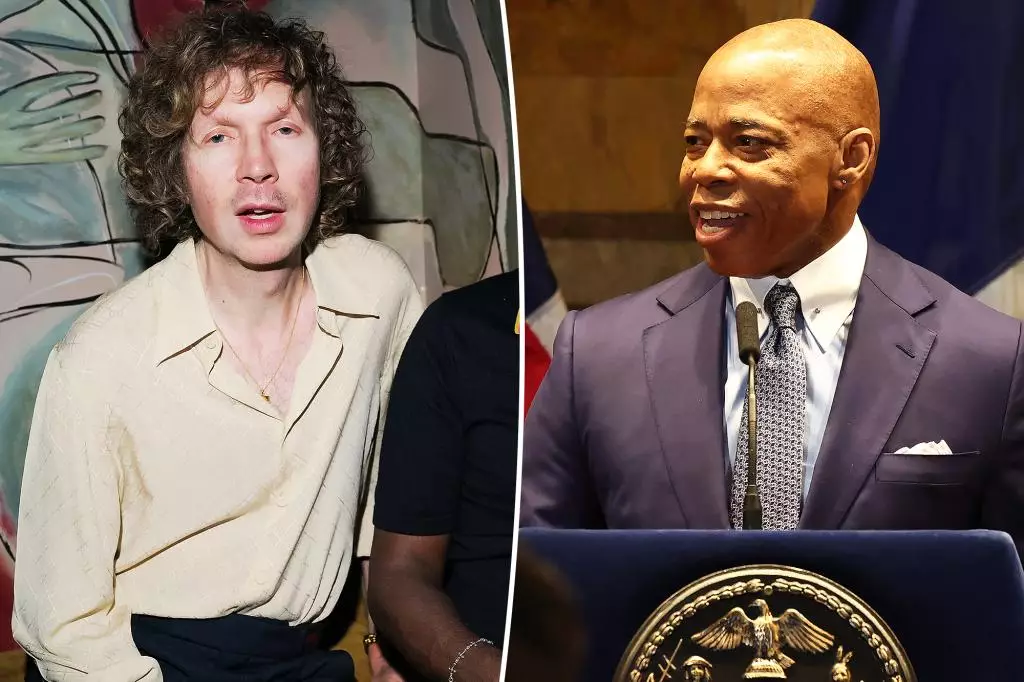New York City’s Mayor, Eric Adams, has made headlines once again, not due to his political decisions but for rekindling his presence in the city’s vibrant nightlife. Following a period of absence attributed to a mysterious illness in late January, Adams has returned to his social routine, much to the delight of his supporters and local nightlife enthusiasts. His recent appearance signals not just a personal revival but also an intention to reconnect with the city’s social fabric, which is a crucial component of leadership in a metropolis known for its culture and social engagements.
Interestingly, Adams opted for a change of scenery during this return. Instead of frequenting his usual venues like Zero Bond and Casa Cipriani, he was seen at the Mulberry, one of the trendiest bars in Nolita. This choice is noteworthy, given the Mulberry’s reputation as a magnet for celebrity figures and its establishing as a hotspot among the elite. While some may view this switch as a strategic move to capture a younger demographic and form connections within the social elite, it also raises questions regarding whether local leadership should lean into celebrity culture or promote more grassroots connections.
Accompanied by a warm demeanor and a bright smile, Adams engaged with patrons in a manner that epitomizes the role of a modern mayor—one who isn’t afraid to step outside the confines of officialdom. Reports suggest that he was actively mingling, shaking hands, and engaging in conversation, embodying the persona of an approachable leader. This tactic not only softens the sometimes rigid image of political figures but also reflects an understanding of the importance of relatability in today’s political landscape.
Adams’s foray into such a renowned venue like the Mulberry aligns him with a roster of high-profile guests, including Beck, Brad Pitt, and Taylor Swift. This intersection of politics and celebrity culture encourages further discussion about the impact of social media and celebrity influence in local governance. By associating with such figures, Adams is tapping into a powerful narrative that blends politics with pop culture—a phenomenon that resonates with many voters, especially the younger generations who gravitate toward charismatic leaders.
As Mayor Adams continues to navigate through his responsibilities, his re-emergence into social settings like this bears significance beyond mere media intrigue. By actively participating in New York’s nightlife, he has the opportunity to imbue his leadership with the vibrancy that characterizes the city. However, as he balances public duty with social appearances, it will be essential for him to remain grounded in the issues facing everyday New Yorkers. While the allure of the nightlife may offer immediate connections, the lasting challenge will be ensuring these experiences translate into tangible benefits for the community at large.
Adams’s strategic realignment within the social realm suggests a nuanced understanding of modern politics, where connections often translate into influence, making it crucial for him to engage sincerely with the citizens of New York City.

